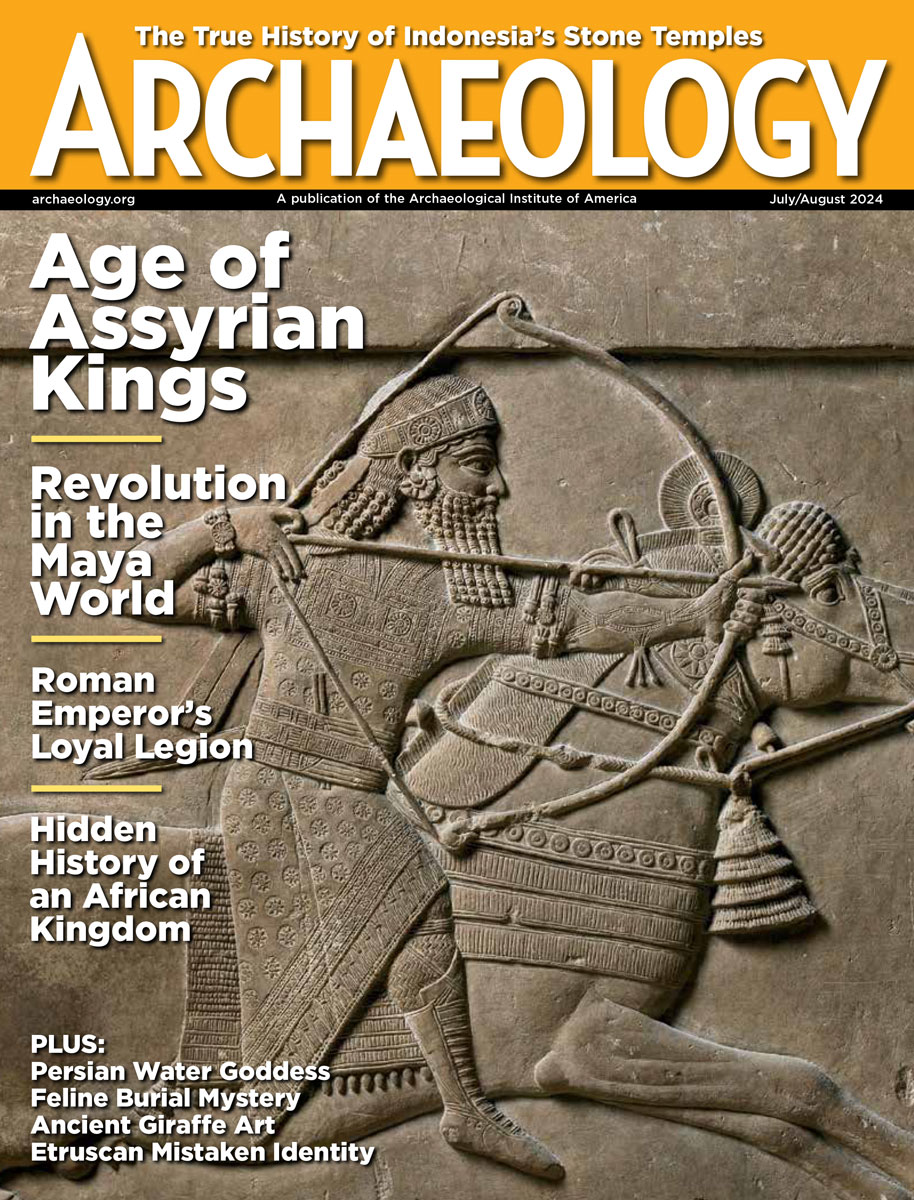Friday, April 20
April 20, 2012
The first excavation of a complete barrow cemetery has been conducted in Meigle, Scotland. The five burials included two round barrows, a square barrow, and a double square barrow, containing bones, ceramics, and flint. Archaeologists think the barrow cemetery was in use for several centuries. Carbon dating of the artifacts should provide additional clues. The cemetery was excavated in order to prepare the area for agriculture.
A rare section of sixteenth-century defensive ditches has been uncovered in Leith. The ditches were dug under the orders of Mary of Guise, mother of Mary, Queen of Scots, as part of the city’s defensive fortifications when Scotland’s government moved to Leith in 1548. The walls were later demolished, and then rebuilt to withstand cannon fire during the seventeenth century. The town walls remained standing until the nineteenth century.
Road construction near Rio de Janeiro has uncovered dozens of archaeological sites which overlap each other, ranging from prehistoric shell mounds to wells dug by Portuguese colonists. “This shows that the European settlers occupied the same areas as the indigenous people. They thought that since the people lived there, the land had to be good. They just seized indigenous lands and settled there,†said Jandira Neto of the Brazilian Archaeology Institute.
Klaus Reicherter of Aachen University says that sediments and seashells from the northern Greek peninsula known as Kassandra indicate that a tsunami was indeed responsible for drowning the Persians who invaded Potidaea in 479 B.C. The event was described by the Greek historian Herodotus. Reicherter suggests that the area is still prone to earthquakes and tsunamis.
A visiting scholar from the British Museum identified fragments of an ancient Egyptian Book of the Dead in the storeroom of Australia’s Queensland Museum. John Taylor explained that the fragments are part of a copy that belonged to a high priest of the Temple of Amun some 3,400 years ago. “So what we’ve got in Brisbane are the missing portions of this ancient book which has been split up, divided across the world for well over a hundred years,†he said. The pieces of the book will be photographed for scholarly work.
Gianni Alemanno, the mayor of Rome, is reportedly supporting a plan to build an ancient Rome theme park near the real ancient city. The idea, which could be funded by the Emir of Qatar, is to give tourists a chance to do things such as race chariots and take a Roman bath, extending the average traveler’s stay in the process. One critic likened the plan to “building a zoo in the jungle.â€
- Comments Off on Friday, April 20









